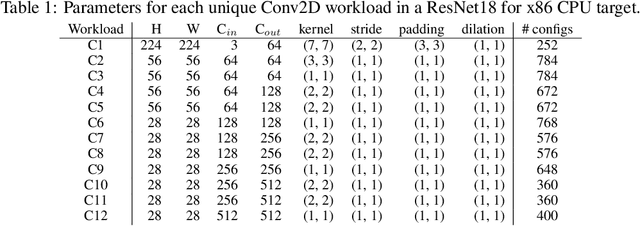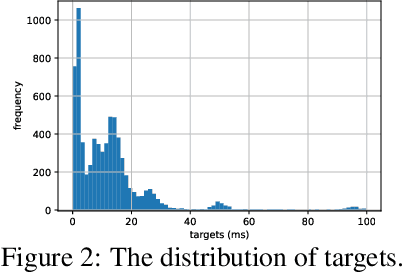Simulating Execution Time of Tensor Programs using Graph Neural Networks
Paper and Code
Apr 26, 2019



Optimizing the execution time of tensor program, e.g., a convolution, involves finding its optimal configuration. Searching the configuration space exhaustively is typically infeasible in practice. In line with recent research using TVM, we propose to learn a surrogate model to overcome this issue. The model is trained on an acyclic graph called an abstract syntax tree, and utilizes a graph convolutional network to exploit structure in the graph. We claim that a learnable graph-based data processing is a strong competitor to heuristic-based feature extraction. We present a new dataset of graphs corresponding to configurations and their execution time for various tensor programs. We provide baselines for a runtime prediction task.
* All authors contributed equally. Accepted as a workshop paper at
Representation Learning on Graphs and Manifolds @ ICLR 2019
 Add to Chrome
Add to Chrome Add to Firefox
Add to Firefox Add to Edge
Add to Edge